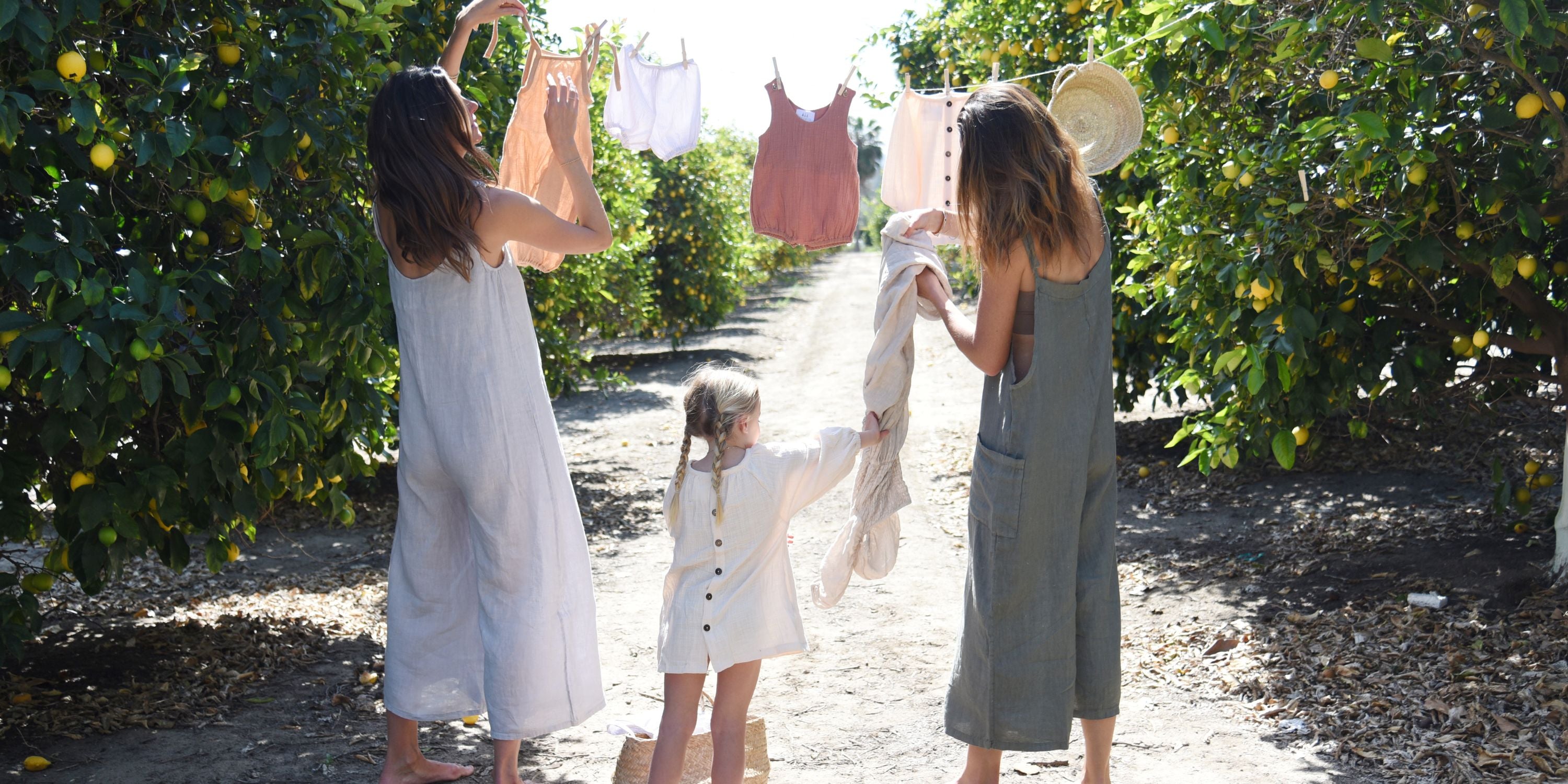
What Makes Linen Clothes Environmentally Friendly?
Sustainable fashion is not just a trend, it’s a movement—especially in a world increasingly aware of its environmental footprint. More consumers are turning to eco-friendly options to minimize their impact on the planet. Linen fabric is gaining significant attention in this space. But what makes linen clothes environmentally friendly? Below, we’ll explore why linen is a top choice for sustainable fashion.
Biodegradable Material
Linen is a 100% biodegradable material made from the flax plant. You can rest easy knowing your favorite linen shirt won’t spend decades in a landfill when you finally decide to part ways with it. Unlike synthetic materials that can take hundreds of years to break down, linen decomposes naturally and quickly, contributing less to waste pollution.
What’s even better is that linen doesn’t require harmful chemicals to decompose. Many fabrics, especially synthetic ones, release toxic substances as they break down, contaminating soil and water. On the other hand, linen returns to the earth without causing any harm, making it a truly sustainable option.
It may please you to know that you can compost linen with other organic materials if you’re into composting. Its natural fibers break down easily and enrich the soil, making it a perfect addition to your compost pile.
Low-Impact Production
Flax plants need far less water to grow compared to cotton. They often thrive on rainwater alone, making linen a water-efficient choice. This efficiency is a significant advantage in a world where water scarcity is becoming a pressing issue.
Flax is a hardy plant that requires fewer pesticides and fertilizers than other crops; translating directly to less chemical runoff into our rivers and oceans, contributing to a healthier ecosystem. The reduced need for chemical interventions makes linen safer for farmers and the environment.
The process of turning flax into linen is also remarkably energy efficient. Linen production consumes less energy than the production of synthetic fabrics, which translates to a smaller carbon footprint.
Long-Lasting Fabric
Linen is known for its durability and strength. Unlike fast fashion items that wear out quickly, linen clothes are built to last. Therefore, you’ll replace your wardrobe less frequently, reducing your overall consumption and waste. Investing in durable items is a crucial principle of sustainable fashion.
Linen never goes out of style. Its classic, timeless look means you won’t need to update your wardrobe to keep up with trends. This timelessness saves you money and reduces the environmental impact associated with producing new clothes.
Its longevity means you can enjoy your favorite pieces for years, making it a wise investment for your wallet and the planet. Their longer lifespan also means we spend fewer resources on producing replacements.
Now that you know what makes linen clothes environmentally friendly, you can add this fabric to your closet with confidence and peace of mind. Linen offers many environmental benefits, from its biodegradable nature to its low-impact production and long-lasting durability.
Check out Beachwood Baby’s linen outfits for women today if you want to add sustainable pieces to your closet. We can help you make a stylish, eco-conscious choice with your wardrobe. Start building your sustainable closet today!


